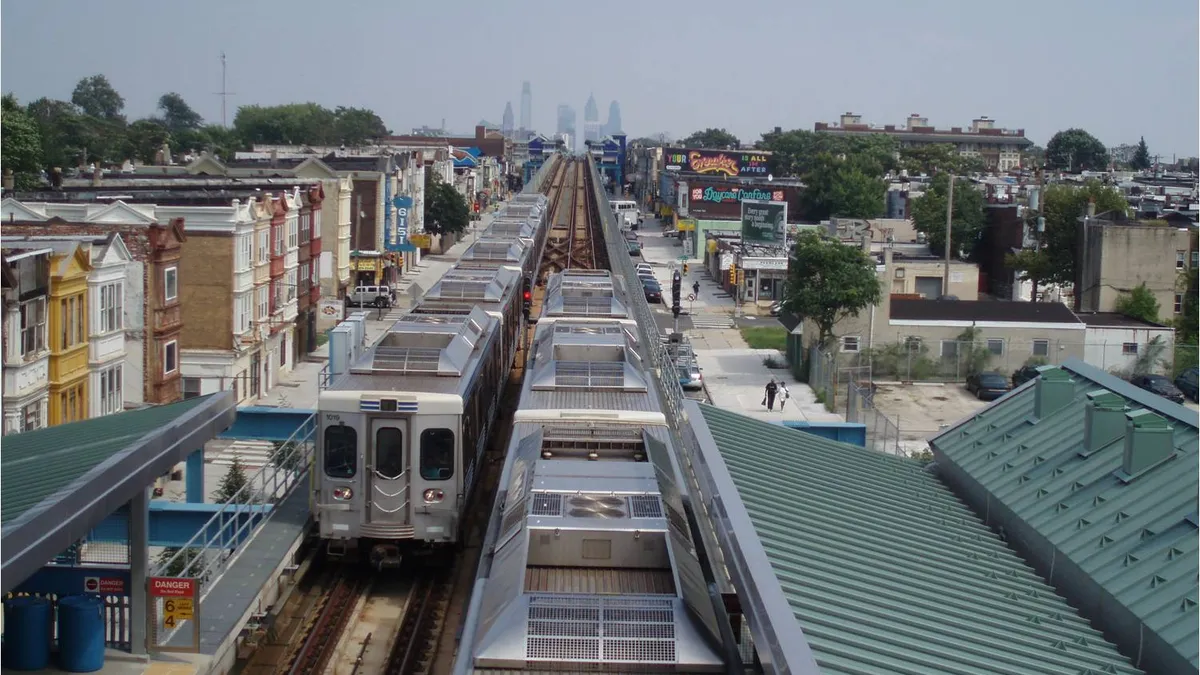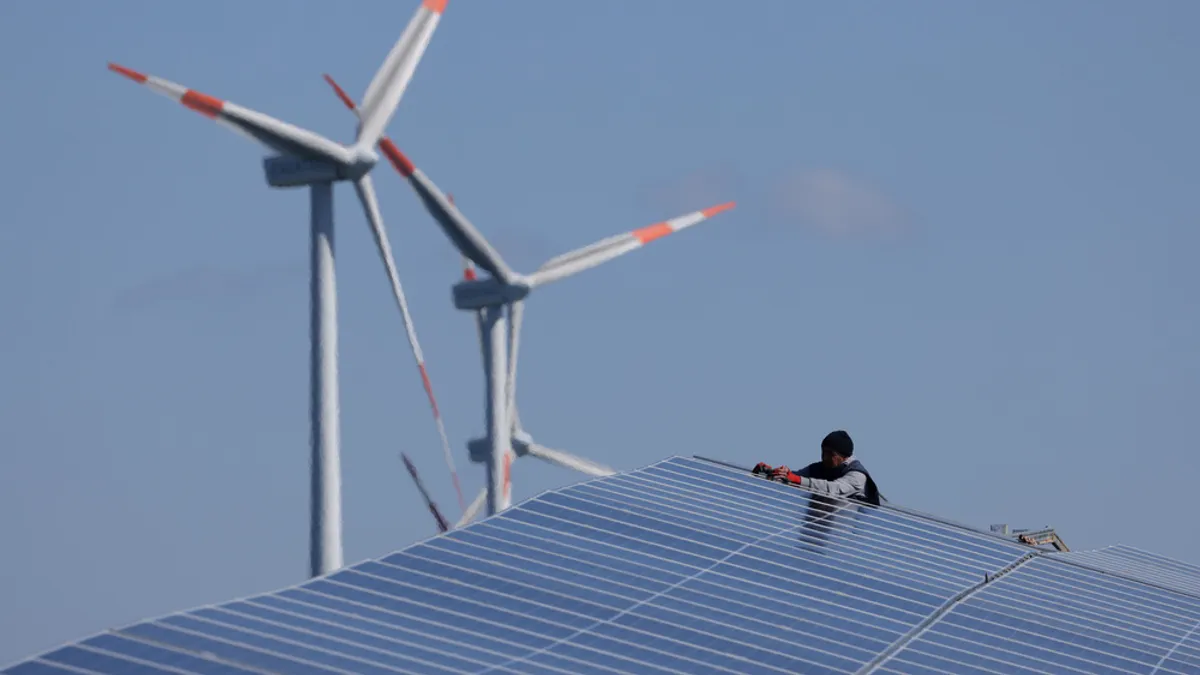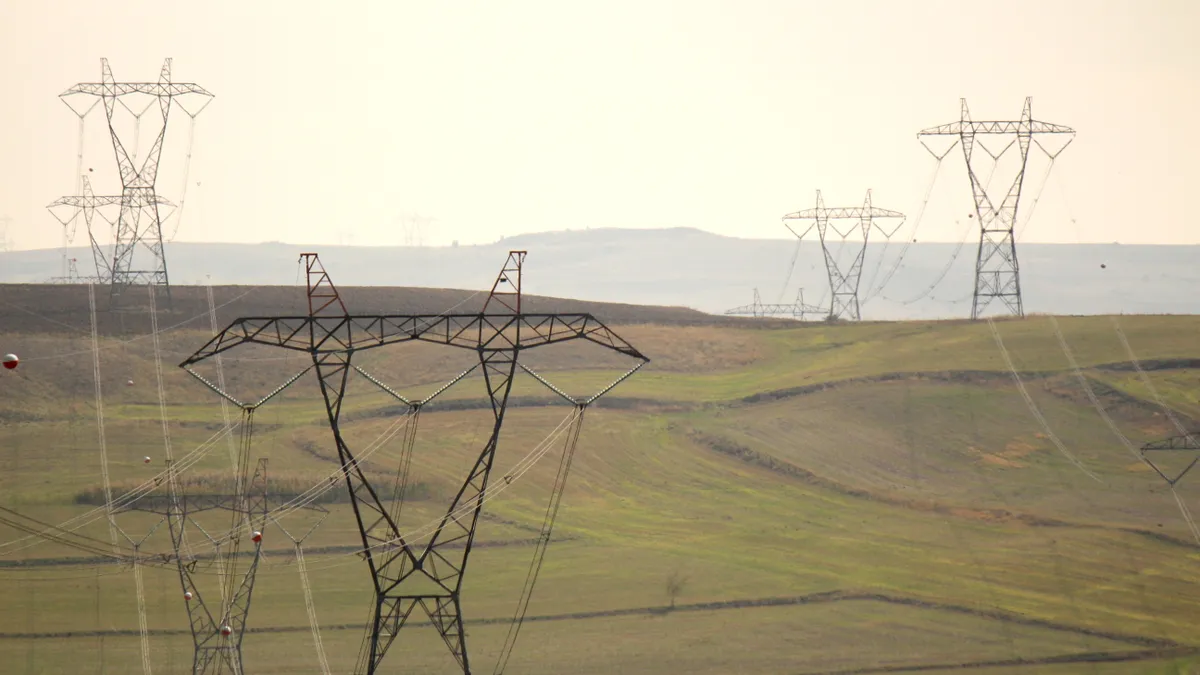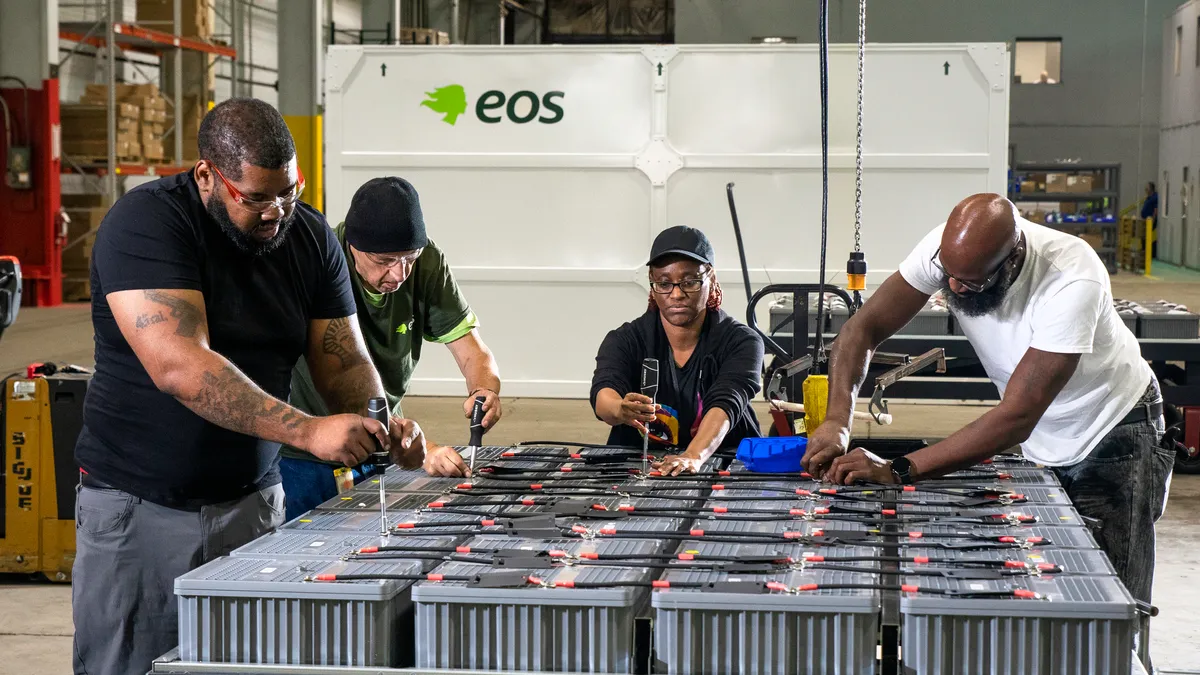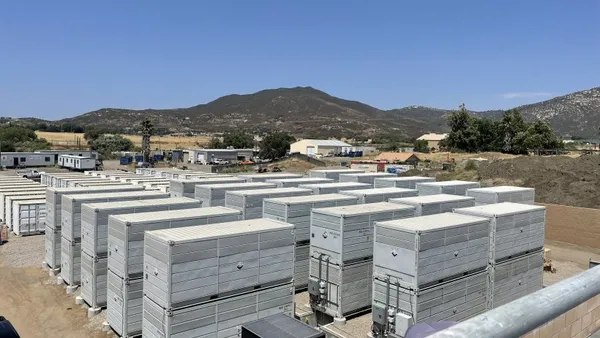Capturing and storing the energy required to stop a train takes a lot of moving parts, but there are at least as many partners in a first-of-its-kind deal that provides an economic model for structuring regenerative braking project.
In a deal for the Southeastern Pennsylvania Transportation Authority (SEPTA), ABB, Constellation, Saft, and Viridity all played essential roles in bringing the project into being. The partners devised ways not only to generate, capture and store the energy from braking SEPTA trains, but figured out how to tap revenue streams to make the project economically viable.
Regenerative braking has been around for about a generation. It occurs when a vehicle, whether an electric car or a train, uses its motor to bring it to a halt. That throws the motor in reverse and, with some minor modifications, the motor becomes a generator pumping electricity back into the source that delivered it. But while the isn't exactly novel, the idea that it could provide support for the wider grid is — and could advance the economics of battery storage by leveraging the ability to provide additional services to the grid network.
SEPTA's brake project
In the case of SEPTA, the third rail is the source of electricity and if there was not another train following closely behind the braking train, the regenerated power was lost.
SEPTA had been looking for ways to capture that lost energy, but there were not enough savings from reducing demand to justify the costs — “not even close,” Erik Johanson, director of innovation at SEPTA, said.
Then in 2010 SEPTA partnered with Conshohocken, Pa.-based Viridity Energy and in 2011 won a $900,000 grant from the Pennsylvania Energy Development Authority to install a 0.8-MW wayside energy storage project at the Letterly substation in the Kensington section of North Philadelphia that serves the Market-Frankford train line.
SEPTA estimated that the project would be able to supply about 10% of the power demand at Letterly, reducing its electricity bills by more than $100,000. SEPTA was, in fact, able to reduce demand by 20%, but the real key to the success of the project came from what Viridity brought to the table.
Viridity provides the software interface between SEPTA and the PJM Interconnection, the wholesale market that provides power to a 13-state region including the greater Philadelphia area that SEPTA serves. That software monitors signals from PJM’s frequency regulation market, which requires incremental amounts of electricity to balance supply and demand.
Viridity’s interface gives SEPTA’s stored energy another use and, importantly, a source of revenue. If SEPTA does not need the stored energy to move a train, it can sell it into the frequency regulation market. SEPTA pays Viridity a service fee, and the companies have a profit sharing agreement for the revenues from PJM. Tyler Breiner, senior manager of partnerships and projects at Viridity, calls that approach “value stacking.”
“There is more than one way to make a deal pencil out,” Breiner said.
Following the success of the first project, SEPTA applied for another grant and in 2012, won $1.44 million from the Federal Transit Administration to install another wayside storage demonstration project. The second project was slightly larger, 1 MW, and included installation of super capacitors to buffer the discharge-recharge cycle of batteries thereby extending their lifespan.
The super capacitors also serve to improve SEPTA’s performance score at PJM by making its batteries more available. Before the installation of the super capacitors, SEPTA was getting docked by PJM, Johanson said.
“If we could combine saving money with generating revenue, we could create the financial justification” for expanding the wayside project, Johanson said. The benefits had been demonstrated, but “we didn’t have the capital.”
The bridge that gap, SEPTA teamed up with Constellation, an electricity retailer and an Exelon subsidiary. Together, they came up with a structure under which SEPTA would not have to make an upfront capital investment to build out the demonstration project to commercial scale by adding seven new storage devices totaling 8.75 MW. Instead, the deal is financed through a 20-year battery services agreement with Constellation.
Constellation also serves as the construction manager for the project and will operate and maintain it for the life of the contract with SEPTA.
While the structure of the deal is unique, in part because it involves storage assets and an unusual source of electricity, the SEPTA deal fits into Constellation’s core distributed energy resource business. It is similar to the third-party business model used for behind-the-meter solar in which a solar company provides the homeowner with the solar panels as part of a long-term power purchase agreement.
The key to the SEPTA project is that “there is more than one stream of value,” Ben Chadwick, director of distributed energy development for Constellation, said. Without going into detail, he said the contract with SEPTA includes service fees and some revenue sharing. He declined to divulge the cost of the storage system or the value of the contract with SEPTA.
Using a benchmark of about $1.25 million/MW of battery capacity, the cost of the entire system would be in a range of $12 million to $14 million.
From SEPTA’s point of view, the organization gave up some revenues, but essentially got the batteries for free, Johanson said. “We are not doing wayside just to go green. It is absolutely critical there is a financial return.”
SEPTA has so far shaved about $40,000 off its electricity bill and generated as much as $200,000 in annual revenue from the project, he said.
The other partners in the project are ABB, which has a contract with Constellation to engineer, manufacture and commission seven of its ENVILINE Energy Storage Systems. The lithium-ion batteries for the ENVILINE ESS will be provided by Saft America.
Replicating regeneration
Even before the SEPTA deal, the cost savings available from regenerative braking were becoming apparent. A 2013 academic paper said that urban transit systems could reduce energy use by as much as 30% by using regenerative braking.
Technologies beside lithium-ion batteries are also being explored. In Los Angeles, Vycon Energy installed a 2-MW flywheel system at the Westlake–MacArthur Park station under a $4.46 million federal grant that has resulted in 20% energy consumption savings.
In Oregon the Portland–Milwaukie Light Rail Transit Project is using super capacitors to even out costly demand spikes. A similar approach was employed in Germany where the Cologne Transit Authority installed Siemens super capacitors and cut power demand by 15,000 kWh in a single month.
Breiner said Viridity has already talked to transit officials in Chicago, New York and Washington, D.C. And Johanson said the next logical place to apply the wayside concept would be Chicago’s transit system.
But he notes that the key driver is not the technology deployed, but the financial mechanisms that support the deal.
The final deal was difficult and multi-layered, but the result was a public-private partnership that can serve as a template for similar deals in other transit systems.
Correction: An earlier version of this post referred to one of the SEPTA partners as "Constellation Energy." That was incorrect. The company is simply called Constellation.


